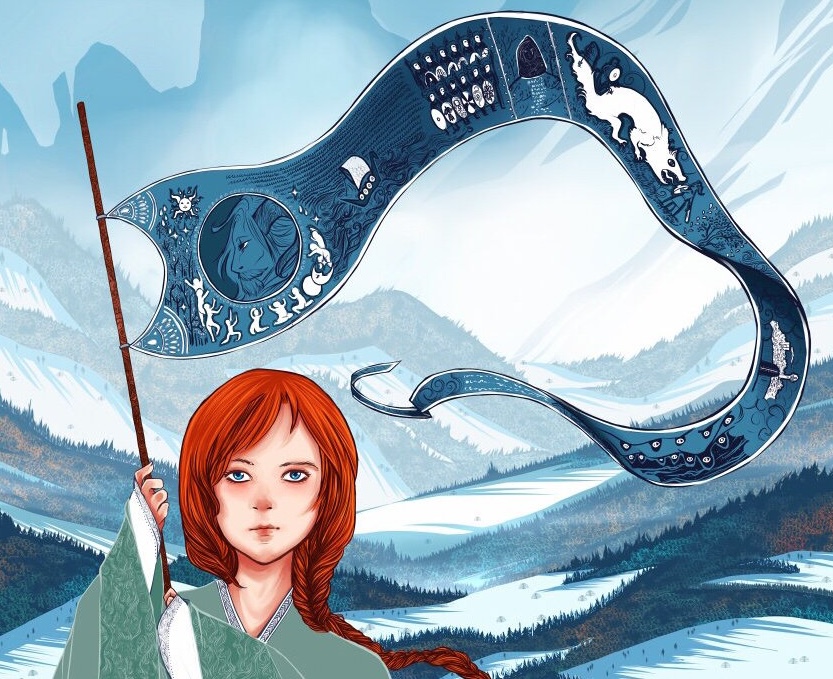A Long Banner is an important cultural treasure of the
alienages throughout
Thedas. These intricate banners tell the tale of that alienage and
its residents. It is not a static piece of art nor is it small; the banner grows as its peoples' story does — most are dozens of feet long, proudly flown from high-points of these ghettos on windy days.
Some believe these banners have subtle magical properties.
History & Significance
The tradition of the Long Banner began in the aftermath of the
Second Exalted March, when some
Dalish elves submitted themselves to settle in human cities. The journeys to these alienages were long and grueling. Many did not survive the passage — some fell to disease, others to starvation or bandit attacks. For those who endured, the memories of the fallen were stitched into large communal quilts begun on the road. These traveling memorials formed the basis for what would become Long Banners.
At the start of most banners, one can still find rows upon rows of small, painted or stitched figures — representations of the travelers whose lives became part of the alienage’s legacy despite never getting to set foot in it. At some early point, the medium changed from quilt to banner but the heart behind them is still the same.
Generally these banners symbolize the forging of unity from the lack thereof, creating a community over fighting others, and the rite of passing on stories to later generations. Each alienage's banner is unique, rich with its own motifs and colors and symbols, offering insight into the community's values, struggles, and triumphs.
Gleaning
In the
elven language, "sanna" means "one who remembers with their hands". Each alienage has at least one sanna, though some may have several. These individuals are charged with maintaining both the physical banner and the knowledge of the stories woven into it. Informally, they are referred to as "gleaners" since they "glean" stories from scraps of memory and thread.
This work is considered vital. A gleaner holds not just the past, but the present and future of their people. Through careful storytelling and symbolic design, they shape how the community remembers its history, understands its place in the world, and imagines what lies ahead. A common saying goes:
"What will the banner fly tomorrow?"
Those who train under a sanna are known as sannir. Becoming a gleaner takes years of practice — memorizing stories, mastering needlework and symbolism, and learning to speak in thread. Few earn the title, but those who do are held in quiet reverence, as keepers of legacy and hope.




Comments